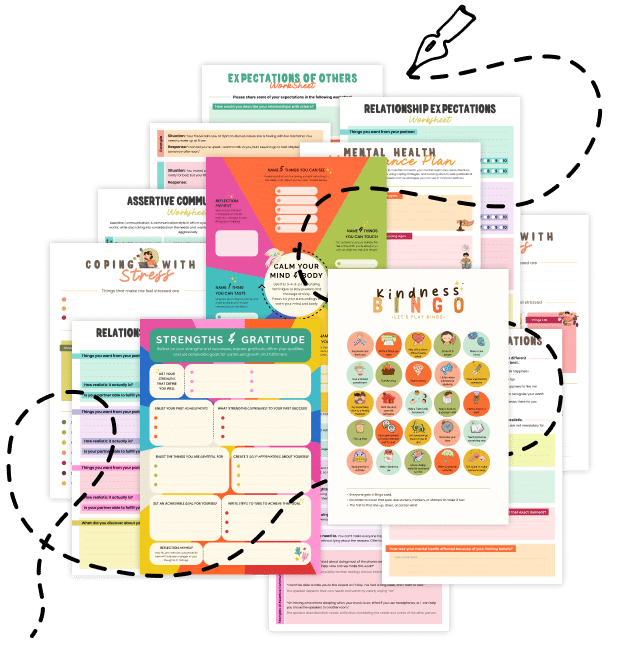20 Things You Should Know About Associative Interference
Associative Interference is a memory phenomenon where similar associations compete and interfere with each other, making it harder to recall specific information. Explore how this cognitive process works, why it matters, and strategies to reduce its impact on learning and memory.
1. What Is Associative Interference?
It refers to the disruption of memory retrieval when similar items or associations overlap. When related memories share common features, they can “interfere” with each other during recall.
2. Types of Interference
Associative interference is a form of memory interference that often overlaps with proactive interference (old memories interfering with new ones) and retroactive interference (new memories interfering with older ones).
3. Role of Similarity
The more similar two items are—whether in meaning, appearance, or context—the more likely they are to interfere with one another. Similar associations tend to get “mixed up” in memory.
4. Associative Interference Impact on Learning
When studying related material (like vocabulary in the same language or similar scientific concepts), associative interference can slow down the recall of each individual item.
5. Neural Basis
Overlapping neural circuits that store similar associations may become “confused” during retrieval, leading to errors or incomplete recall.
6. Real-World Examples for Associative Interference
Think of trying to recall the names of all the actors in a movie franchise with similar characters, or mixing up phone numbers that share similar digit sequences.
7. Everyday Implications
Associative interference isn’t just a classroom issue—it can affect daily tasks like remembering where you parked your car in a crowded lot or recalling similar appointments.
8. Associative Interference Effects on Expertise
Even experts can suffer from associative interference when dealing with information from overlapping domains, highlighting the challenge of retaining nuanced details.
9. Memory Consolidation
Effective consolidation can help reduce interference. The process of strengthening unique associations during sleep or through rehearsal can minimize the overlap.
10. Role of Distinctiveness
Creating distinct, unique associations for similar items can help your brain better differentiate between them, reducing interference.
11. Organizational Strategies
Techniques such as categorization, chunking, and using mnemonic devices can help structure related information in ways that minimize overlap.
12. Importance in Language Learning
Language learners often face associative interference when new vocabulary resembles known words, making it essential to develop clear, differentiated associations.
13. Study Techniques
Spaced repetition and varied practice can combat interference by providing distinct contexts and reinforcing unique associations over time.
14. Context-Dependent Memory
Changing the study environment or context can help separate similar memories, reducing the risk of interference during recall.
15. Active Recall Benefits
Testing yourself actively on the material forces you to retrieve the correct association, thereby strengthening the neural pathways that distinguish similar items.
16. Role of Sleep
Quality sleep supports memory consolidation, which helps to “tag” and differentiate similar pieces of information, reducing associative interference.
17. Technology and Apps
Digital tools that use adaptive learning algorithms can adjust review intervals and contexts to minimize interference and improve retention.
18. Awareness is Key
Being mindful of interference when learning similar subjects can help you tailor your study habits to include more differentiation and review.
19. Continuous Practice
Regularly engaging with the material over time allows your brain to fine-tune the distinctiveness of each association, leading to clearer recall.
20. Related Topics to Explore
- Spacing Effect: Discover how spreading out study sessions improves retention and reduces interference.
- Conceptual Chunking: Learn techniques for grouping information to minimize cognitive overload.
- Interleaving Practice: Mix up different subjects or skills during study to help your brain better differentiate between similar pieces of information.
- Memory Reconsolidation: Understand how revisiting and updating memories can solidify distinct associations.
Quick Tips to Reduce Associative Interference
- Create Distinct Associations: Use unique images or stories for similar items to make them stand out.
- Mix Study Contexts: Change your study environment or mix up topics to prevent overlapping contexts.
- Utilize Spaced Repetition: Review material at increasing intervals to strengthen unique associations.
- Test Yourself Regularly: Engage in active recall to reinforce the correct associations.
- Organize Your Material: Use tools like mind maps, charts, or flashcards to visually separate related concepts.
By understanding associative interference, you can tailor your learning strategies to overcome the challenges of similar information competing for attention. This leads to more effective studying, clearer recall, and a sharper overall memory. Share these insights with friends, classmates, or colleagues—help them unlock techniques for reducing interference and enhancing their learning potential!


